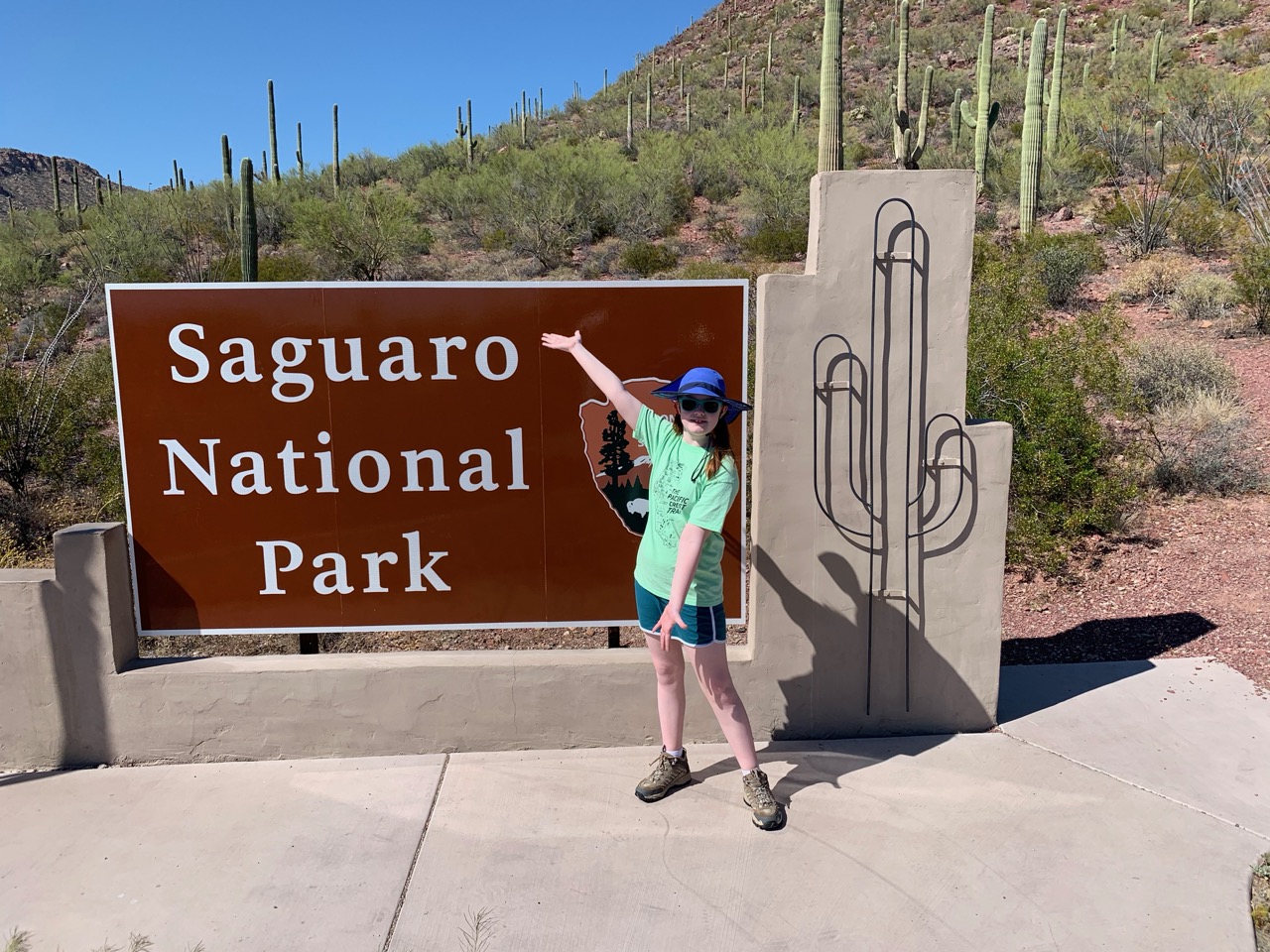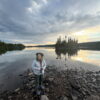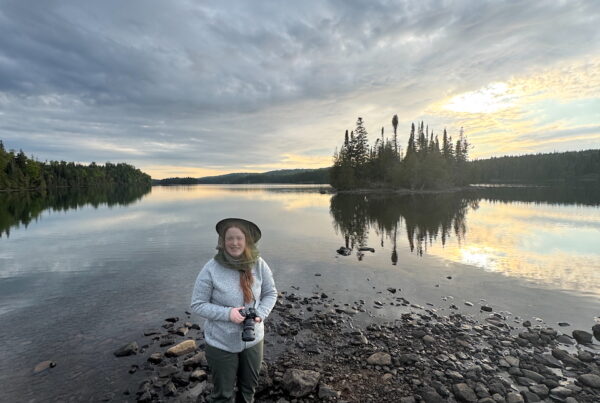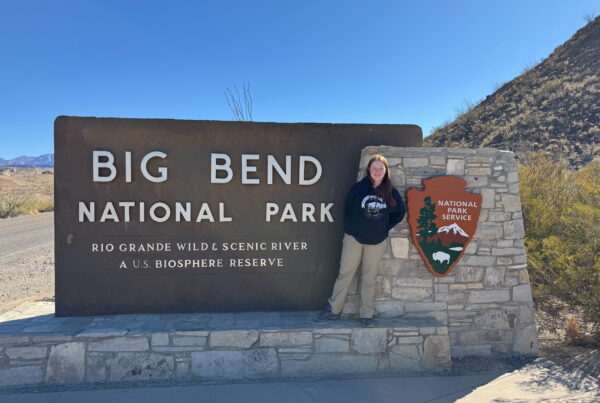In April, we embarked on a two-and-a-half-week adventure in the Arizona desert, beginning at Saguaro National Park. This park uniquely straddles both sides of Tucson, Arizona—the Tucson Mountain District to the west and the Rincon Mountain District roughly 10 miles east of the city. Due to roadwork in the east during our visit, we dedicated four days to exploring the western district.
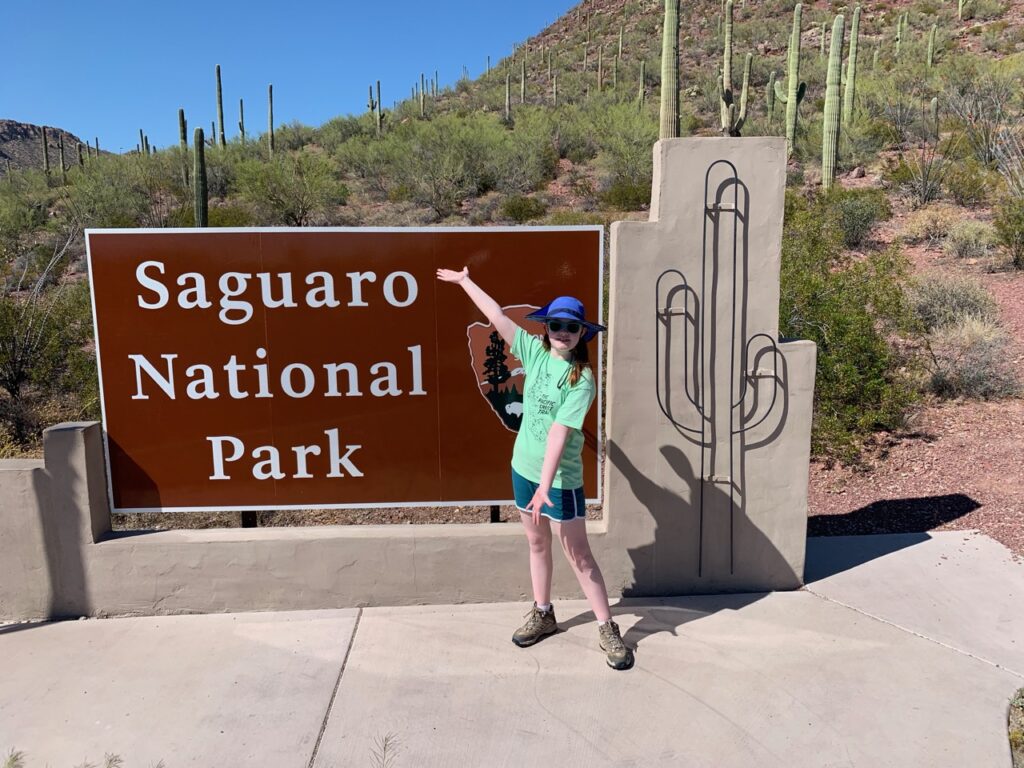
Spanning approximately 92,000 acres, Saguaro National Park may seem modest in size compared to other Western parks. It comprises two distinct landscapes: the western district features volcanic terrain, while the eastern district boasts surface rock formations.
Nestled in the Sonoran Desert, the park is dotted with hills and mountains, with elevations ranging from 2,700 to 8,666 feet. During our visit, we experienced typical desert conditions—very warm, with temperatures in the mid to upper 90s Fahrenheit each day.

The area’s history traces back to early Native Americans, dating from 200 to 1450 AD. Spanish explorers first documented their encounters in 1539. By the 1880s, homesteaders and ranchers had established themselves around the current park boundaries. Conservation efforts began as early as 1920, leading to its designation as a National Monument in 1933, thanks to initiatives like those of the Civilian Conservation Corps (CCC), which constructed roads and picnic areas still in use today. It wasn’t until 1994, however, that it was designated a national park.
Saguaro National Park is renowned for its namesake—the Saguaro cactus—with an estimated 1.8 million saguaros dotting the landscape. These giants grow incredibly slowly, often taking 50 to 100 years to sprout their first arm, reaching heights of up to 60 feet and weighing as much as 4,800 pounds, with potential lifespans of up to 200 years.
We stayed just outside Tucson, close to the park’s western district, which, being near the city, meant easy access to amenities. Yet, the nearby In-N-Out Burger proved too tempting for my daughter, becoming a frequent dining spot.
The park’s western district is manageable to explore, featuring a 12-mile paved road and a 9-mile dirt road. Although the dirt road was somewhat rough, the numerous pull-offs leading to trails and scenic spots made up for it. Our hikes through these trails at sunrise and sunset were particularly memorable.
This trip marked our first experience of the Sonoran Desert’s harsh climate. Springtime allowed us to witness the rare sight of blooming saguaros—a phenomenon unique to this part of the world. The desert’s diverse flora also impressed us, with species like cholla, organ pipe cactus, fishhook barrel, teddy bear, and jumping cholla adding to the vibrant ecosystem.
While the weather was generally conducive to photography, with sufficient cloud cover in the mornings and late afternoons, the presence of western diamondback rattlesnakes added an unexpected thrill—and caution—to our excursions. Locals advised that early April, being the snakes’ emergence from hibernation, was a peak time for such encounters, which added a tense element to our hikes.

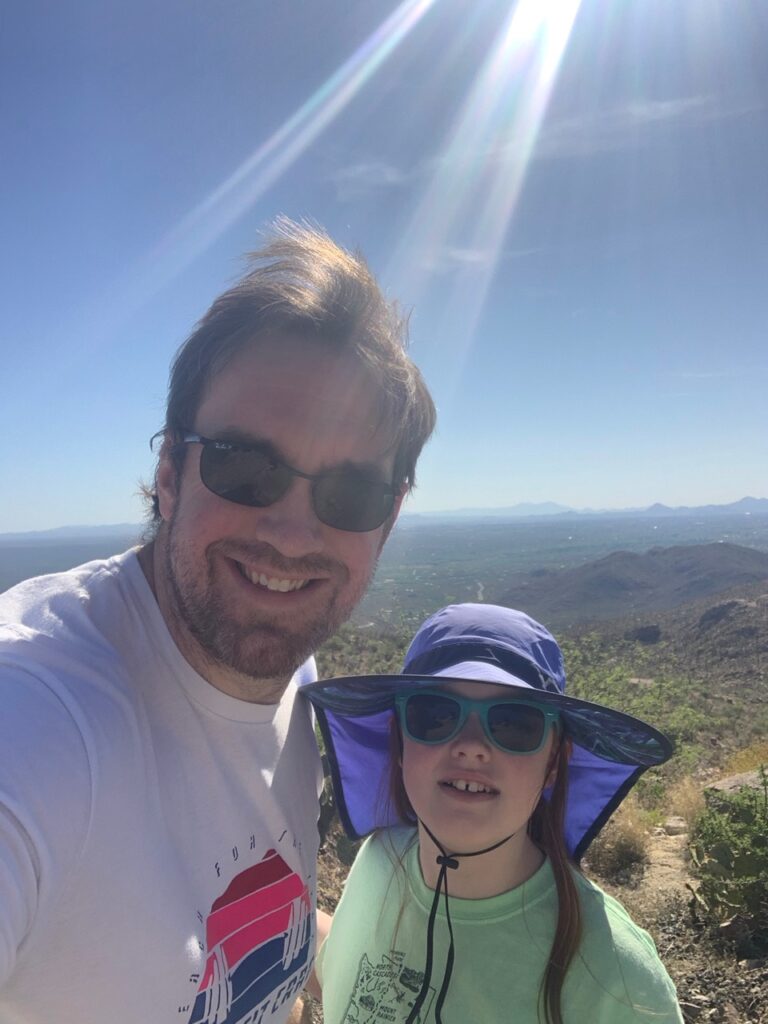

One day, we ventured to Mount Lemmon, a standout destination just north of Tucson. Peaking at 9,159 feet, it offered a stark contrast to the desert below, with some areas still blanketed in snow in April. The drive up the Catalina Highway provided breathtaking views and access to numerous trails. The panoramic vistas from Mount Lemmon Station Observatory were a highlight, making a return trip highly appealing.
Reflecting on our experience, a future visit during a cooler month seems advisable to reduce encounters with rattlesnakes and enhance our hiking experience. Exploring the eastern district remains on our list, offering a different landscape and fresh adventures.



